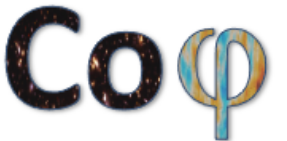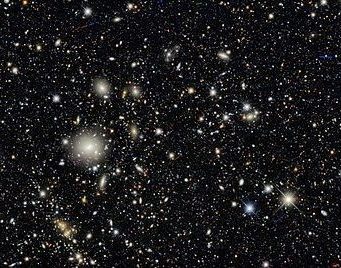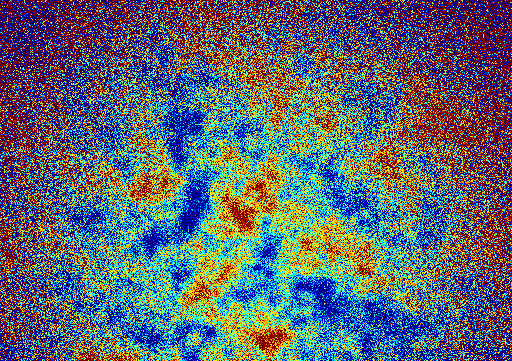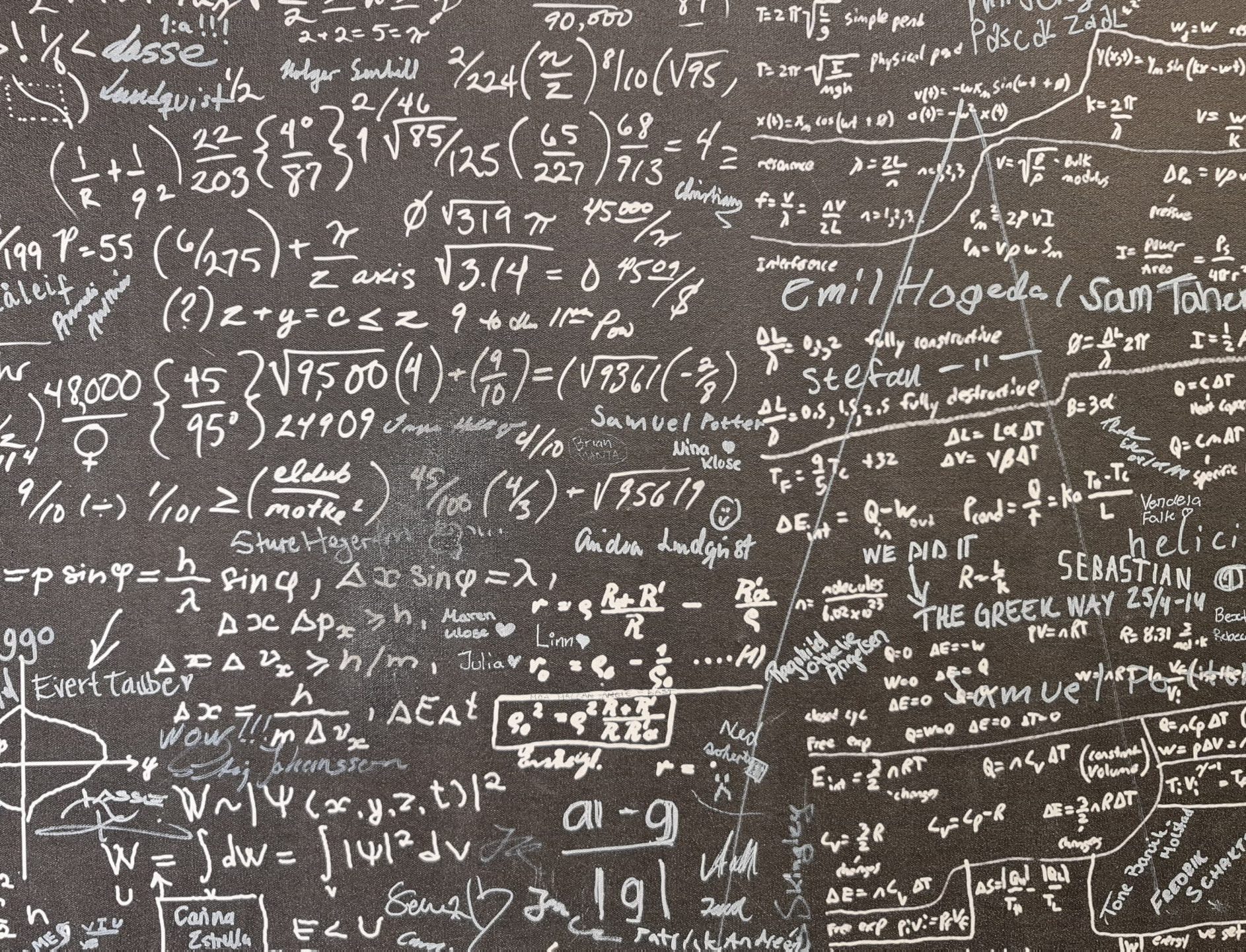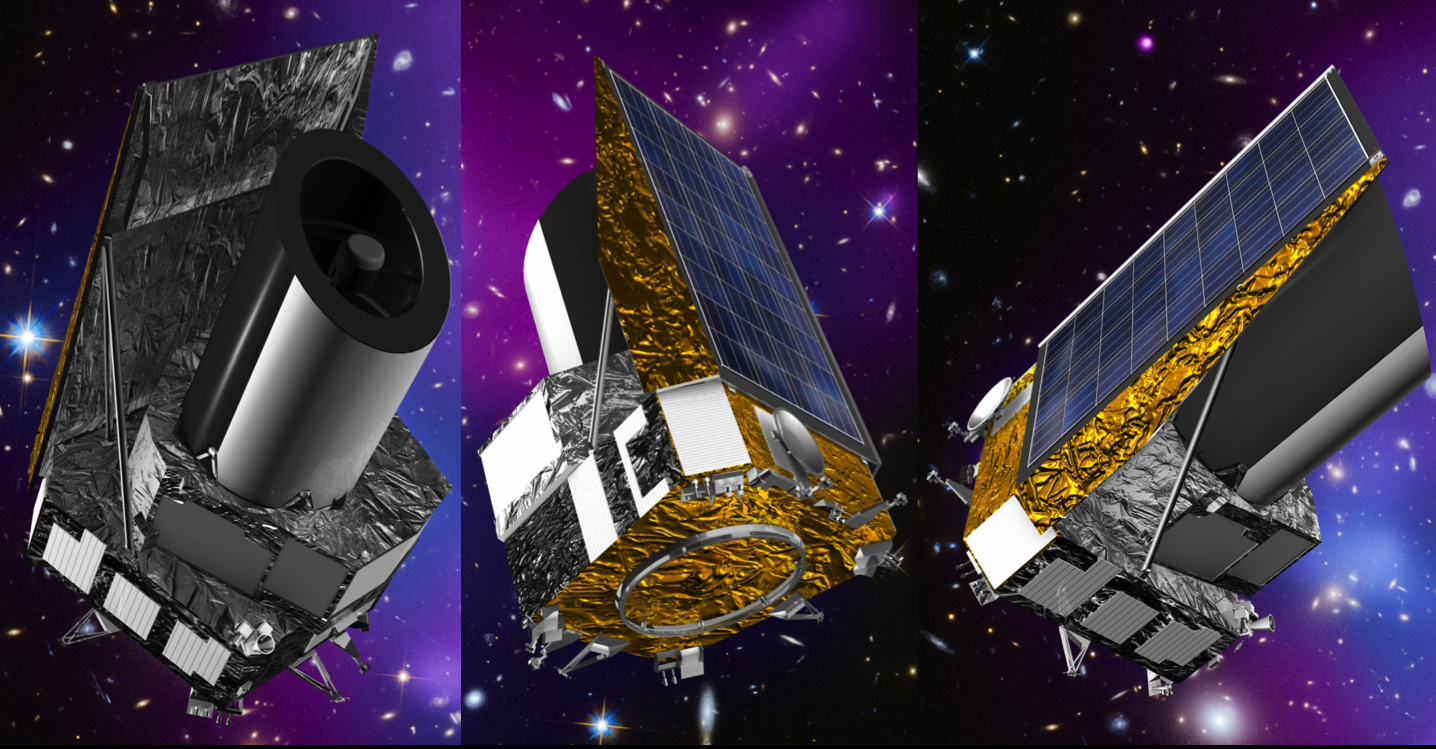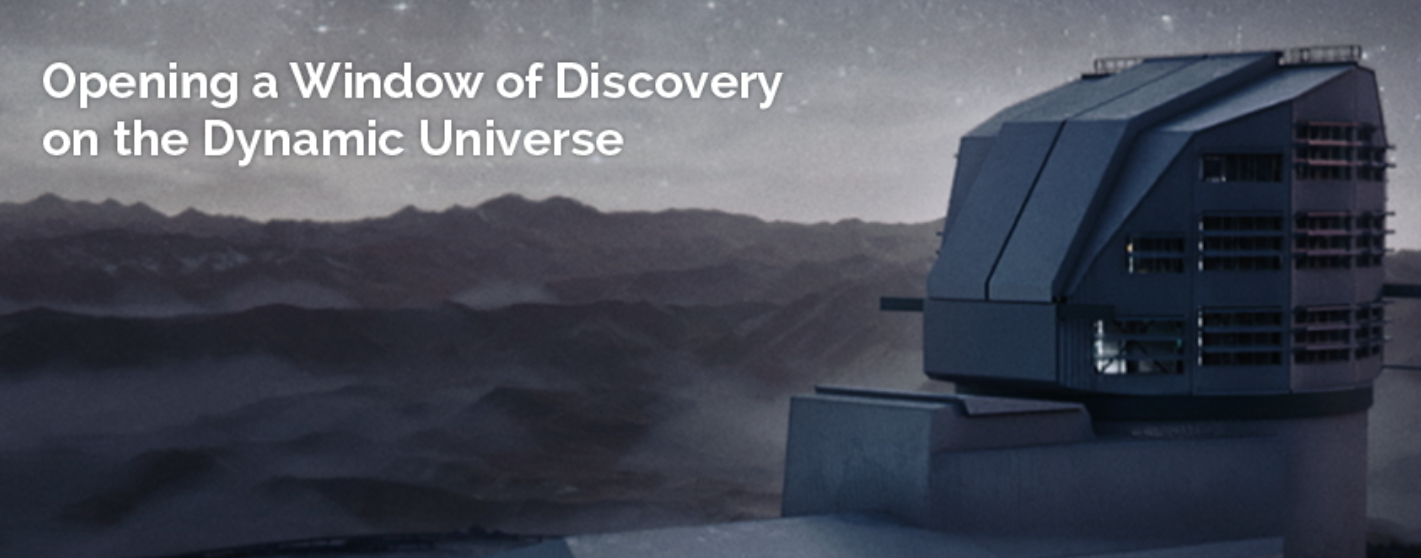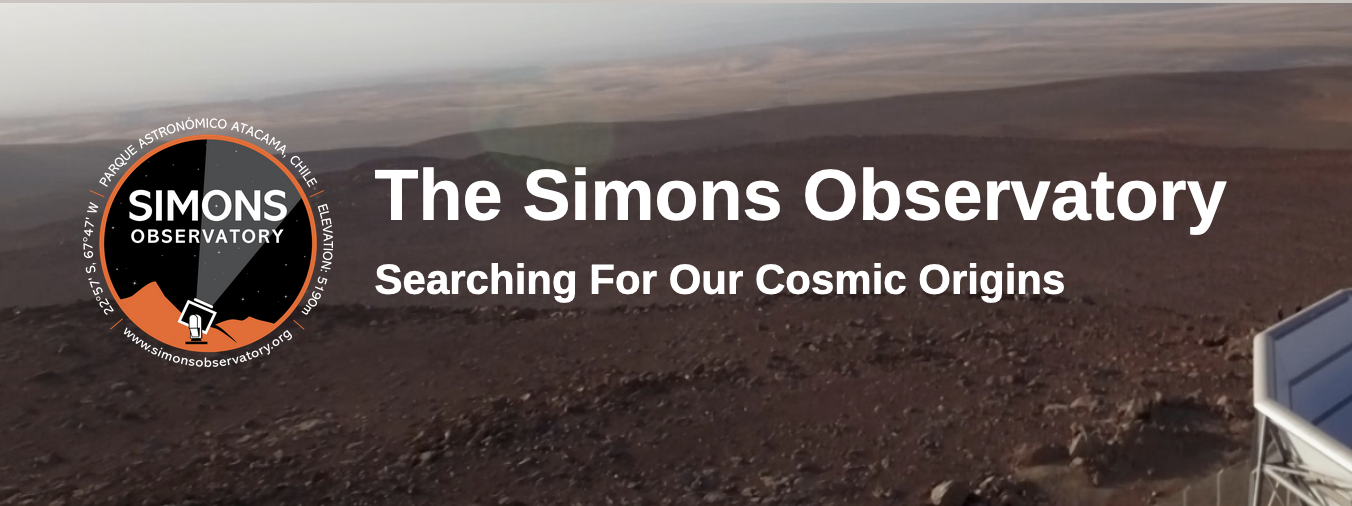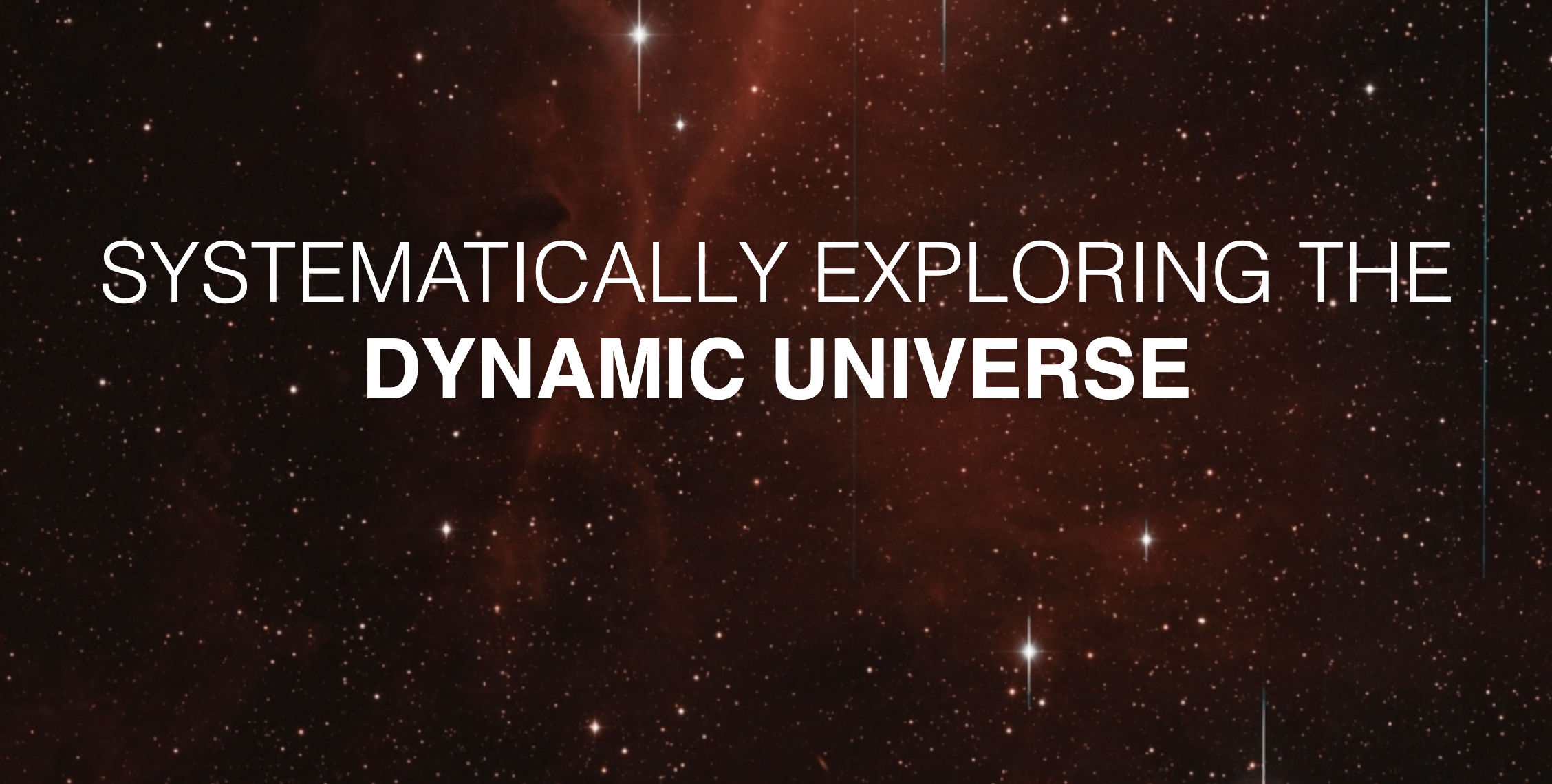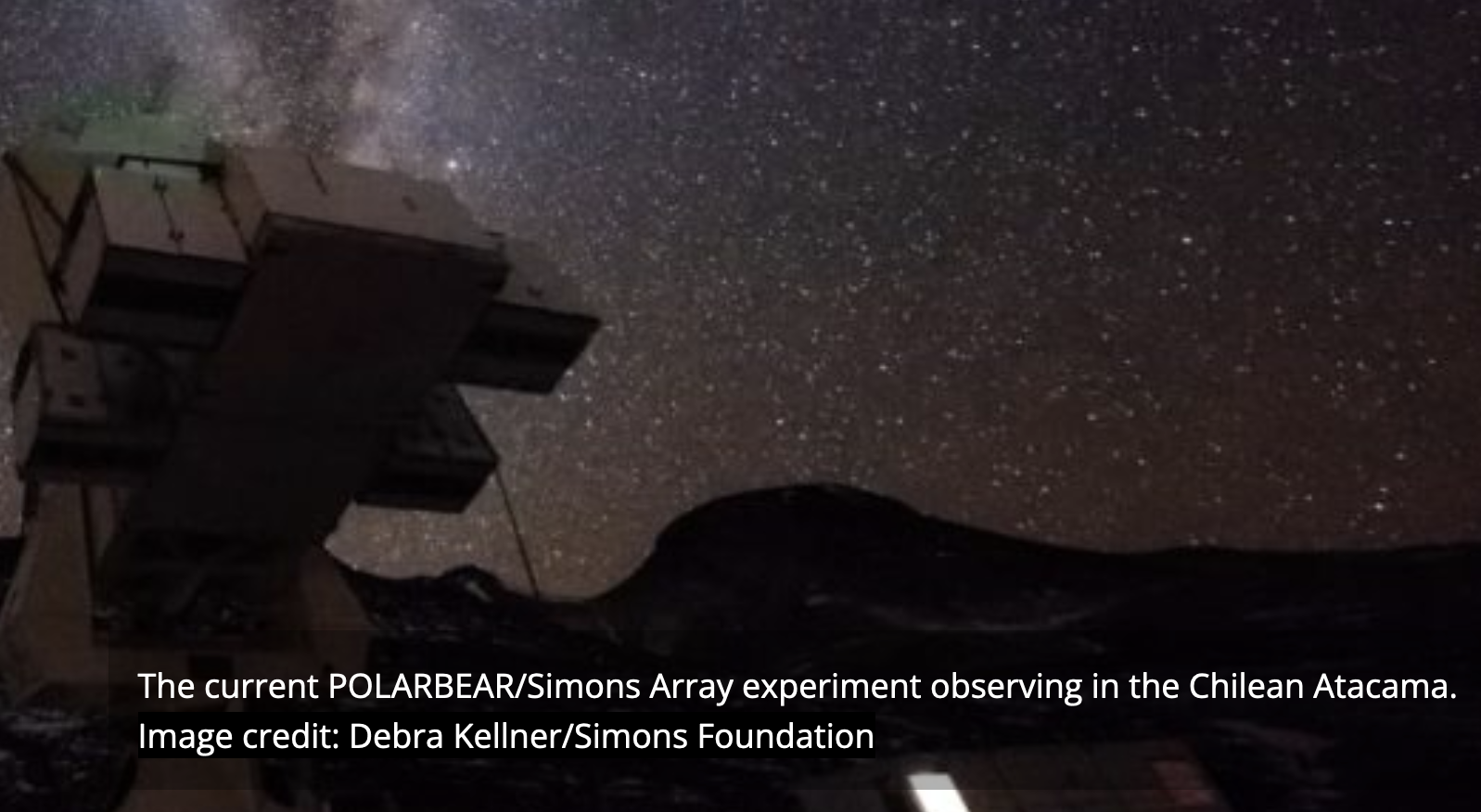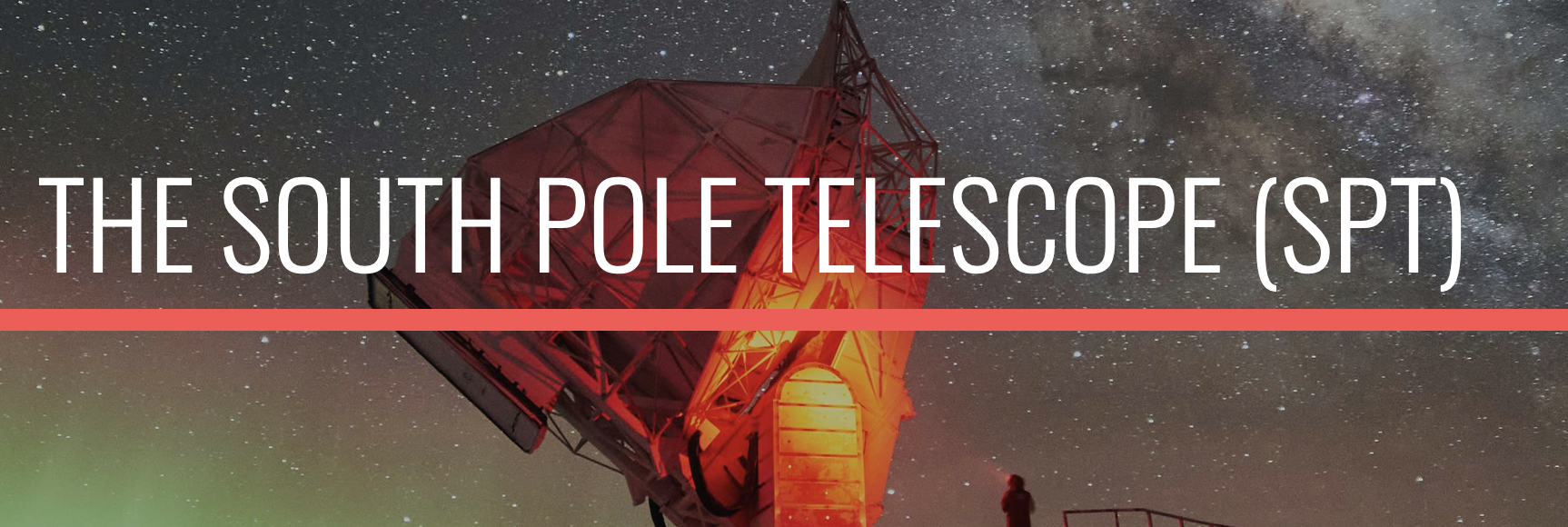Crédit Photo: Photo © NASA/Novapix / Bridgeman Images
About COPHY
What is it ?
The Groupement De Recherche (GDR) CoPhy aims to bring together all actors working in the field of Cosmology in France, experimentalists, phenomenologists and theorists, and to provide opportunities for meetings and joint discussions. It will contribute to promote and give visibility to young researchers in the field.
More on Science Drivers
Initial conditions and primordial Universe
The Inflation paradigm has been introduced as a possible solution to the hot Big Bang model problems. The last results from the Planck collaboration show that there is no evidence for dynamics beyond slow roll, while slow-roll inflationary models for large fields are already ruledout. The remaining single-field models (including the simplest and well-motivated R+R2 Starobinsky model) predict a tensor-to-scalar ratio of a few 10-3. That corresponds to the sensitivity target of the future CMB projects. But the quest for a better understanding of the early phases of the Universe requires to go far beyond this result.
Fundamental laws of the Universe
One of the key discoveries, at the turn of the century, has been the acceleration of the expansion of the Universe. Still, today, the underlying physical processes are yet to be understood. To go beyond the standard parameterisation through a cosmological constant or a fluid with a distinctive equation of state, one of the current hypotheses is the modification of General Relativity (GR) on cosmological scales. Such a modification could also solve the problem of the singularities inherent to GR as well as our inability to formulate a quantum version of GR.
Matter and energy content of the Universe
Cosmology gives insights on Dark Energy, but also on Dark Matter and neutrinos as different types of particles with different masses, interaction and decay properties do affect the power spectrum (or correlation function) at characteristic scales. his represents a unique opportunity to test the robustness of the ΛCDM model and look for new particles or fields beyond the high-energy (particle) physics standard model.
RESEARCH
The big questions
What physical conditions prevailed in the very early universe?
Can we test for the quantum origin of cosmological perturbations ? What does it tell us about the nature of quantum mechanics in a gravitational context ? Did the universe undergo a phase of contraction before expanding ?
Can General Relativity be extended to more general, internally consistent theories ?
Could modified gravity account for the dark sector of cosmology (dark matter / dark energy) ? Can it incorporate quantum gravity effects ?
What is the origin of the accelerated expansion of the universe?
Is it a cosmological constant, a dark fluid such as dark energy or another component ? How does the nature of dark energy and dark matter affect the formation and evolution of cosmological structures ?
What is the nature of dark matter?
Does dark matter point towards the existence of new degrees of freedom beyond the standard model? Do they resort to supersymmetry, grand-unified theories, sterile neutrinos, axions, extra dimensions, compositeness etc ? Are there
interactions within the dark sector ? Could primordial black holes account for (part of) the dark matter?
PROJECTS
